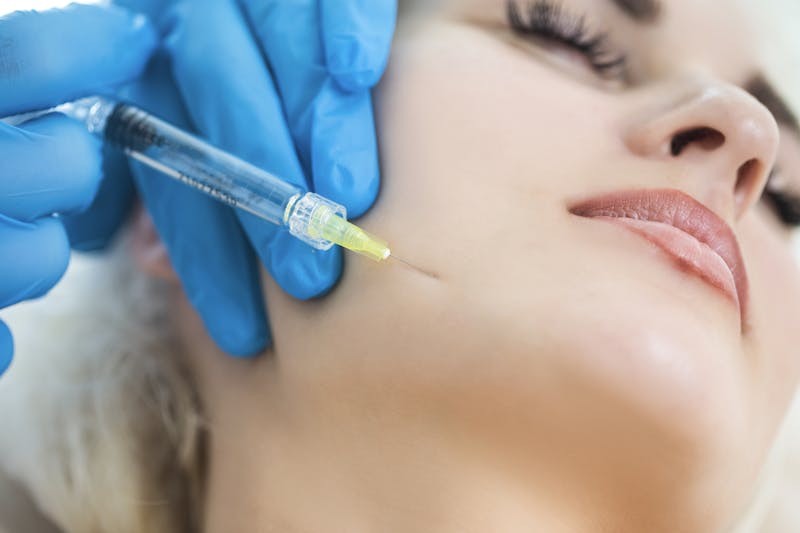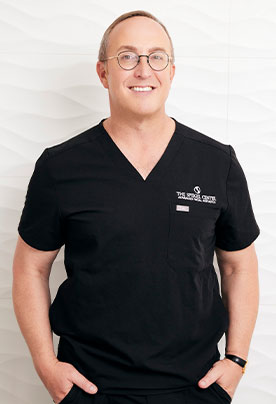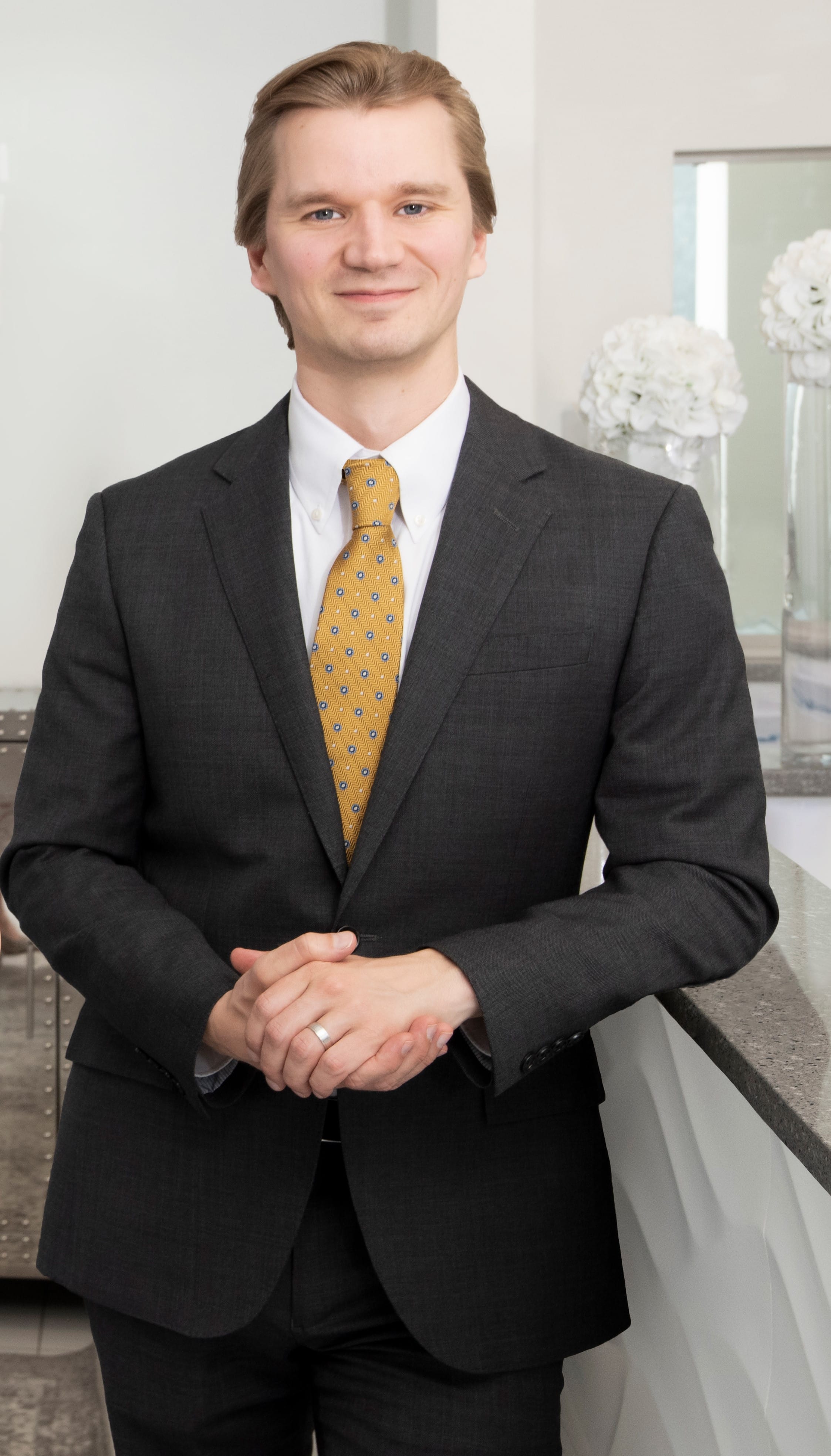
Facelift surgery has long been a popular option for individuals looking to achieve a more youthful appearance. With advancements in medical technology and the development of non-surgical alternatives, such as dermal fillers, Botox, microneedling/RF, and Ellacor we now have alternatives to traditional facelift surgery. These non-surgical options have gained popularity due to their less invasive nature and shorter recovery times.
The desire to maintain a youthful appearance dates to ancient times, with various forms of cosmetic enhancement being practiced in different cultures. The concept of a facelift, or rhytidectomy, as a surgical procedure, was first introduced in the early 20th century. It gained popularity in the 1950s and 1960s as plastic surgery became more widely available and acceptable. Over the years, facelift surgery evolved, with advancements in techniques and technology leading to more refined and natural-looking results. However, the invasive nature of surgical facelifts and the associated risks and downtime led to the development of non-surgical alternatives.
A few key players in the development of non-surgical alternatives to facelifts are Dr. Arnold Klein and Dr. Fred Brandt, renowned dermatologists and plastic surgeons Dr. Mauricio DeMaio and Dr. Arthur Swift, all playing a significant role in popularizing the use of dermal fillers and Botox for facial rejuvenation and skin rejuvenation.
The development of non-surgical alternatives to facelifts has significantly impacted the field of cosmetic dermatology. Dermal fillers, such as hyaluronic acid-based products, have revolutionized facial rejuvenation by providing a non-invasive way to restore volume and minimize the appearance of wrinkles and lines. Botox, Dysport, Daxxify, Jeuveau, and Xeomin are neurotoxins that temporarily relax the muscles responsible for causing dynamic wrinkles, helping achieve a youthful appearance without undergoing surgery. Morpheus8 is a collagen-stimulating device that works to tighten the skin and in combination with Intense Pulsed Light (IPL) also brightens the face. Ellacor, a relatively new addition to the realm of non-surgical options, is a device that removes up to 8% of skin in the per-orbital area and helps improve skin laxity and texture.
These non-surgical alternatives offer several benefits, including minimal downtime, fewer risks, and natural-looking results when performed by a skilled practitioner. They have also shifted the perception of cosmetic enhancement, making it more accessible and acceptable to a wider demographic. However, there are also concerns associated with these non-surgical options, including the potential for adverse reactions, the need for ongoing maintenance treatments, and the possibility of over-treatment leading to an unnatural appearance.
The growing popularity of non-surgical alternatives to facelifts has led to a variety of perspectives on their efficacy and safety. Proponents of these non-surgical options emphasize their desire to achieve natural-looking results with minimal downtime and reduced risks compared to surgery. They seek non-surgical treatments to provide a more accessible and affordable way to maintain a youthful appearance, making it possible to address signs of aging without undergoing a major surgical procedure.
However, critics of non-surgical alternatives raise concerns about the potential for over-treatment and unnatural results, particularly when performed by inexperienced practitioners. There is also debate about the long-term effects of injectable treatments and the need for ongoing maintenance to sustain results. Additionally, there are ethical considerations related to the commodification of beauty and the pressure on individuals to undergo cosmetic treatments to conform to societal standards of attractiveness.
Looking ahead, the field of non-surgical alternatives to facelifts is likely to continue evolving, with ongoing advancements in product development, injection techniques, and combination treatments. As the demand for minimally invasive cosmetic procedures continues to grow, there will be a greater emphasis on providing personalized and natural-looking results while minimizing risks and downtime. Developing new products and techniques targeting specific concerns, such as skin laxity and texture, will further expand the range of non-surgical options available to individuals seeking facial rejuvenation.
Overall, non-surgical alternatives to facelifts have transformed the way individuals approach cosmetic enhancement, providing a wider range of options to address signs of aging. With ongoing advancements in product development and injection techniques, the field will likely continue evolving, offering new and improved ways to achieve a more youthful appearance without surgery.







